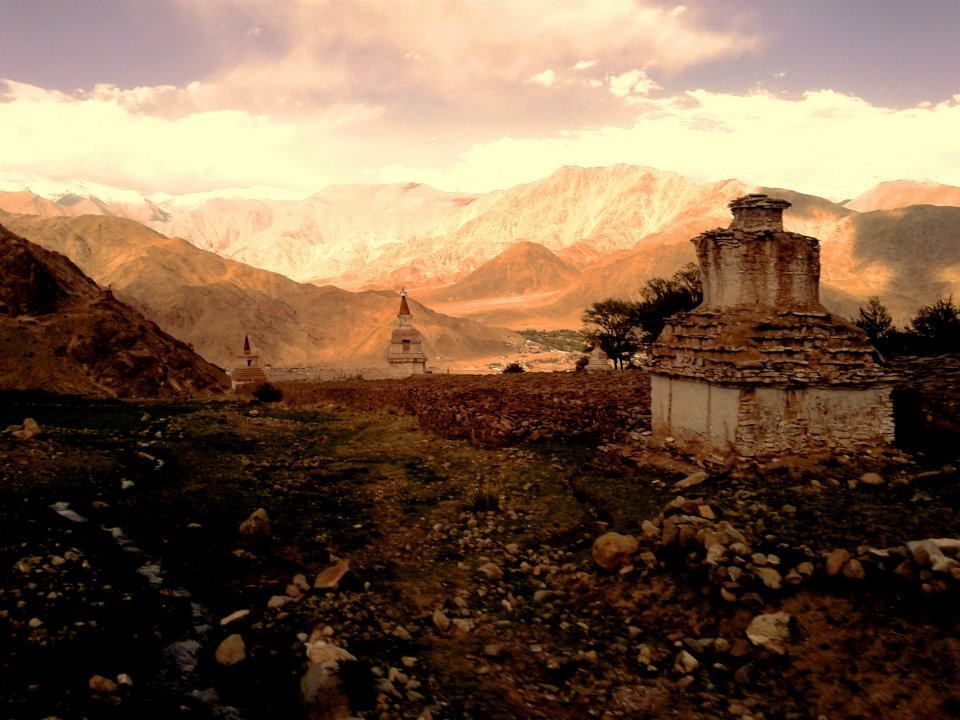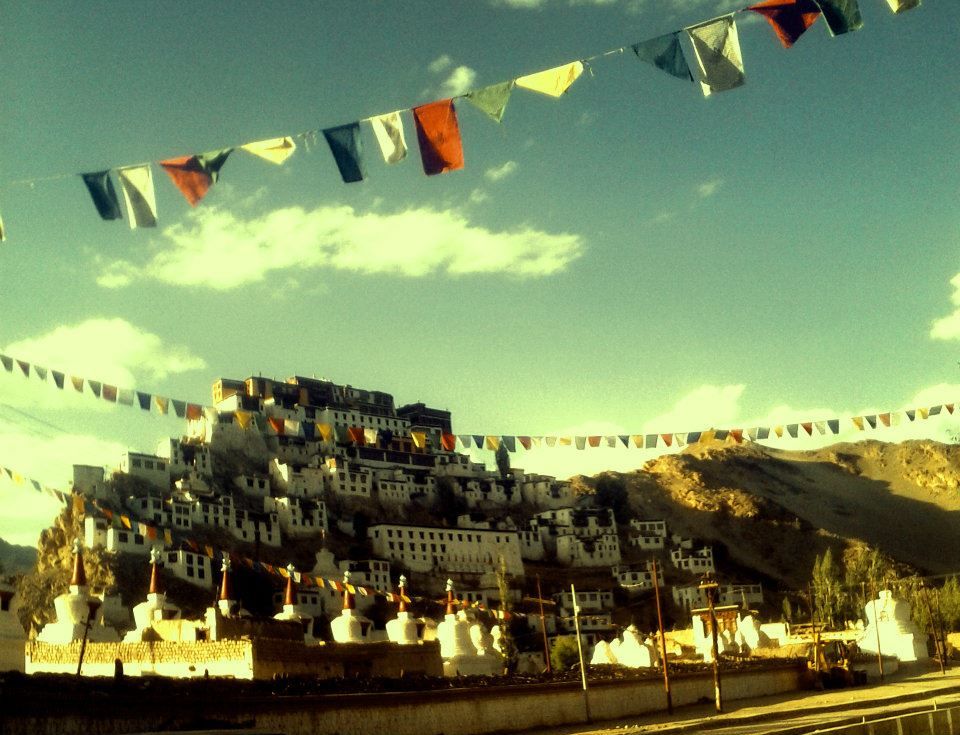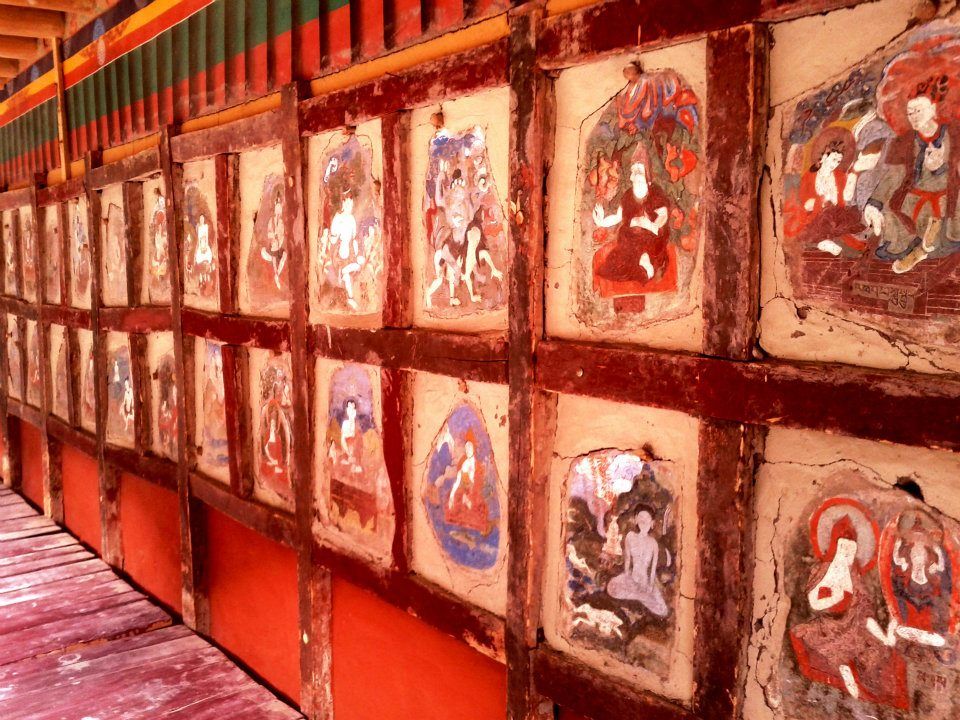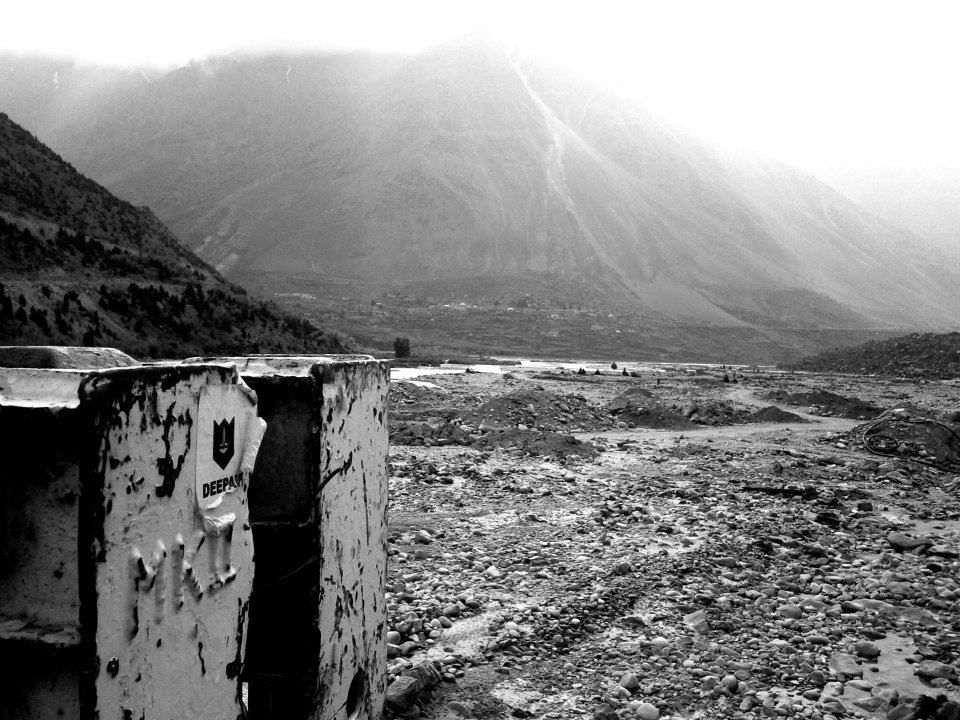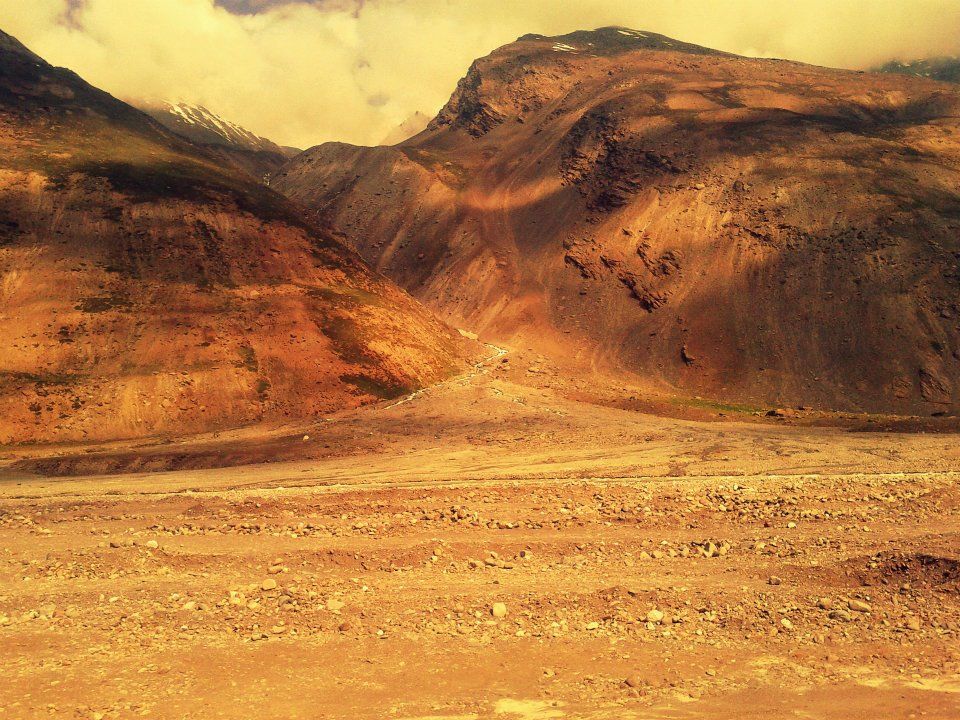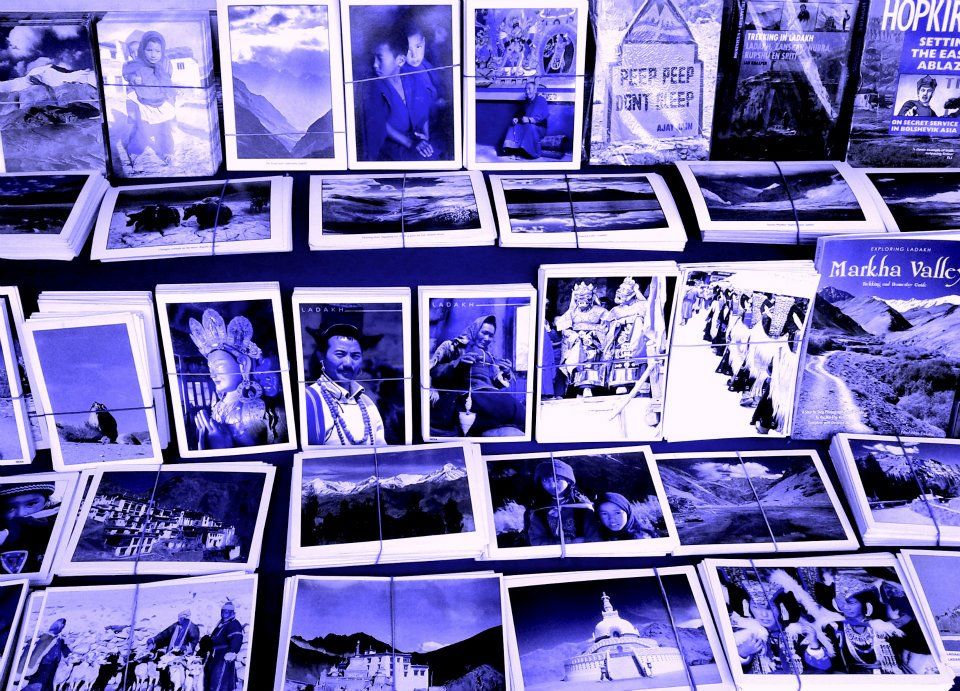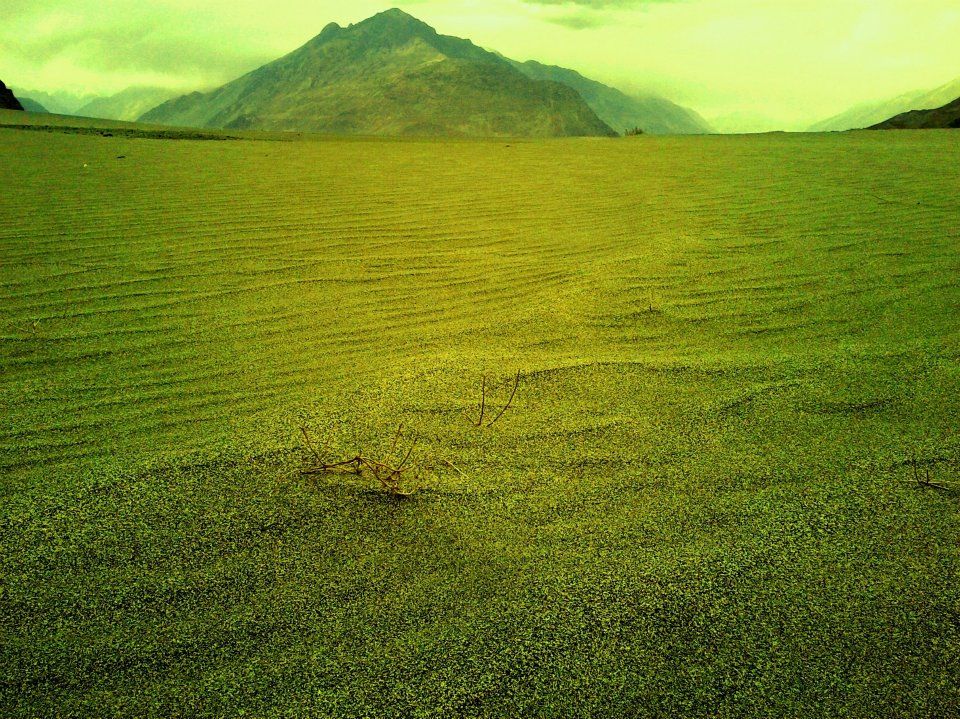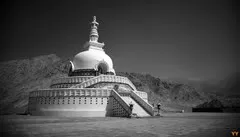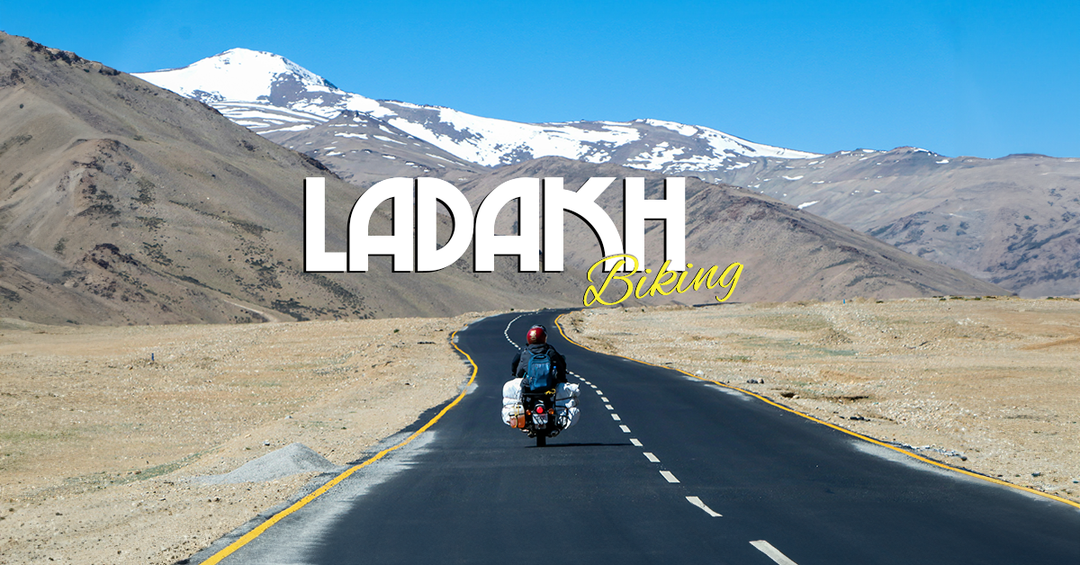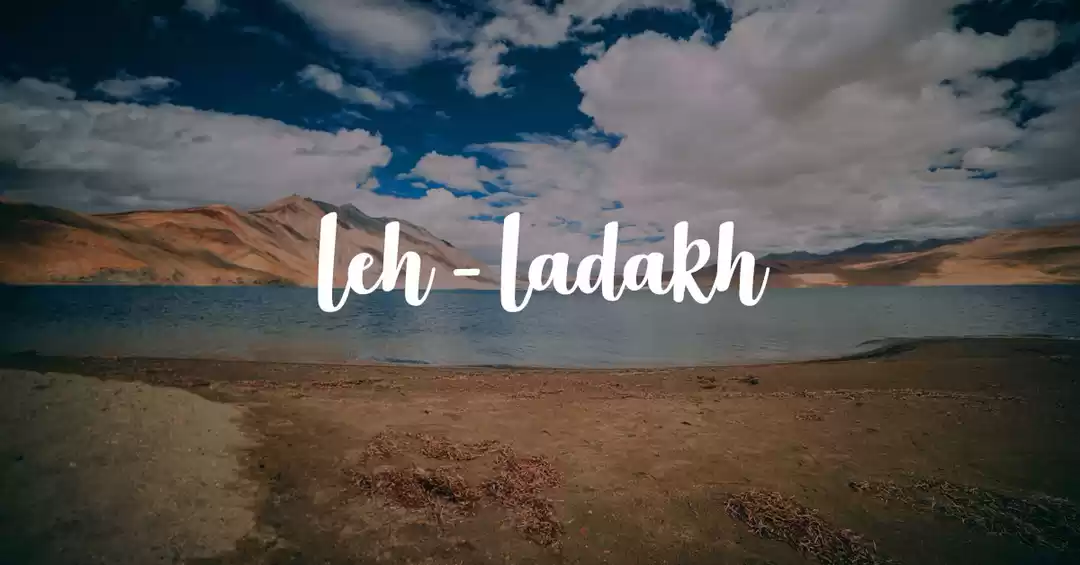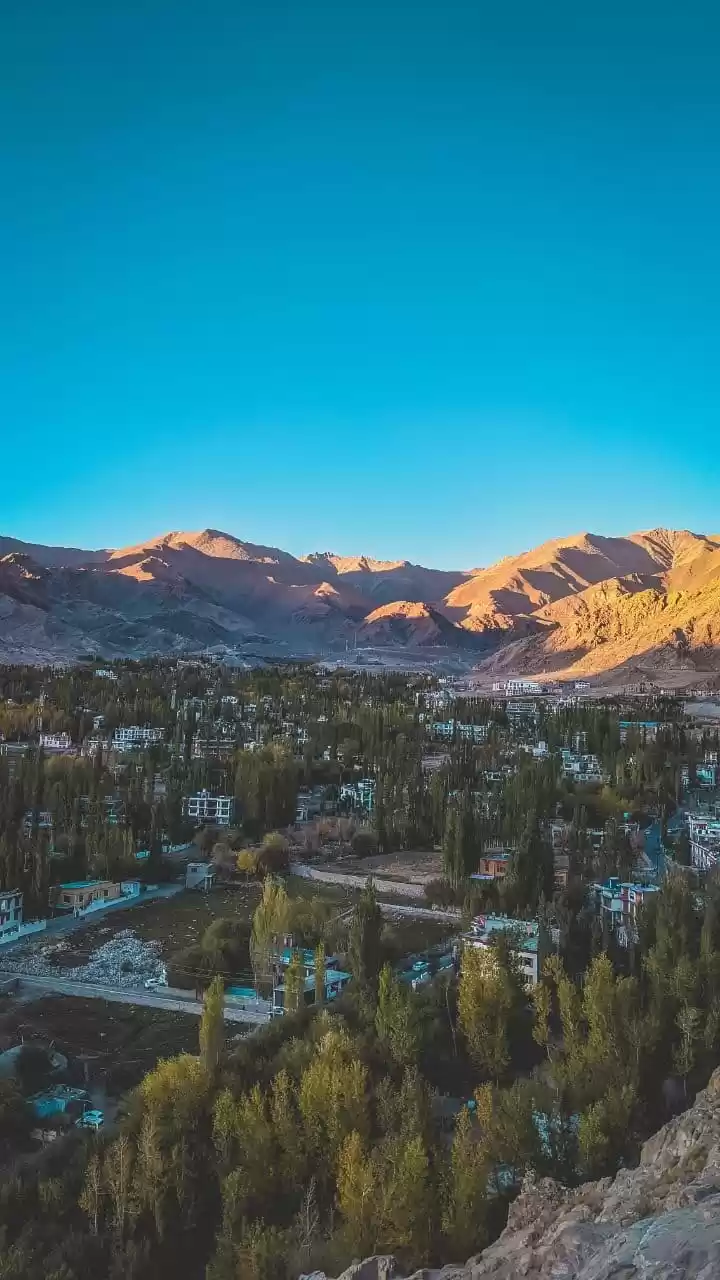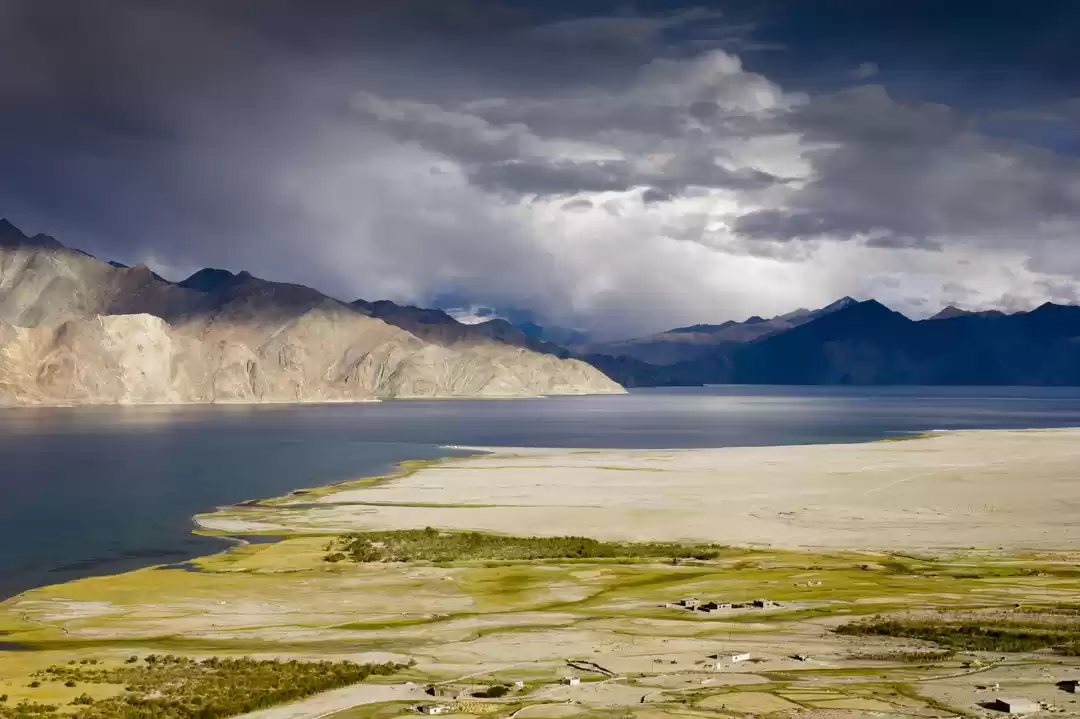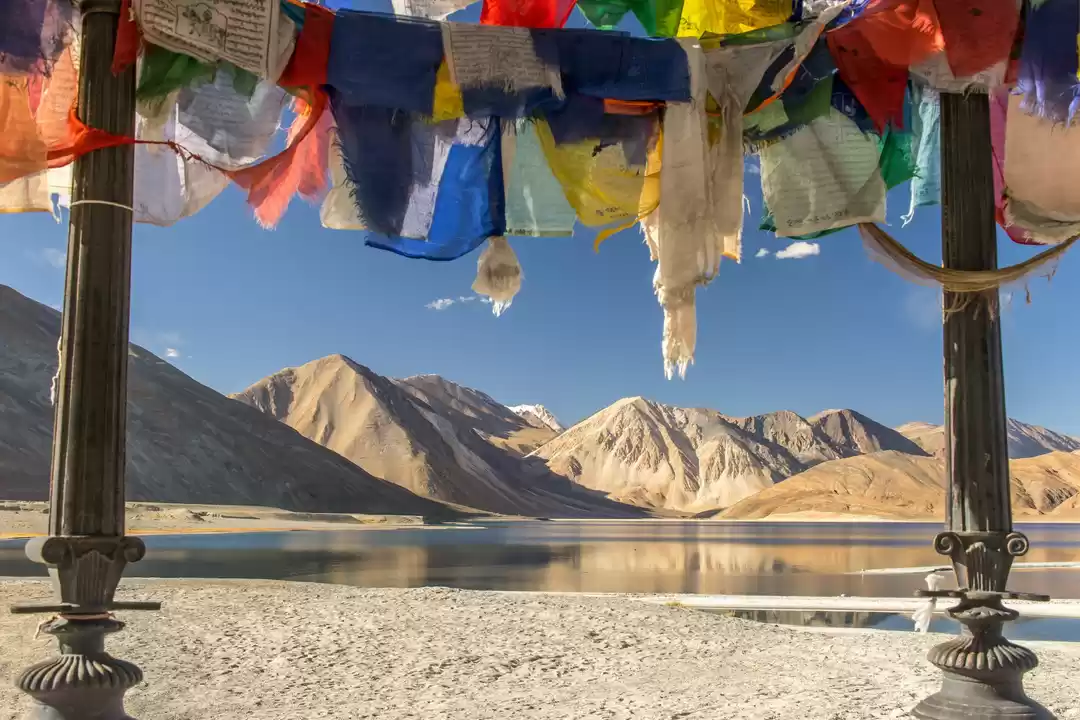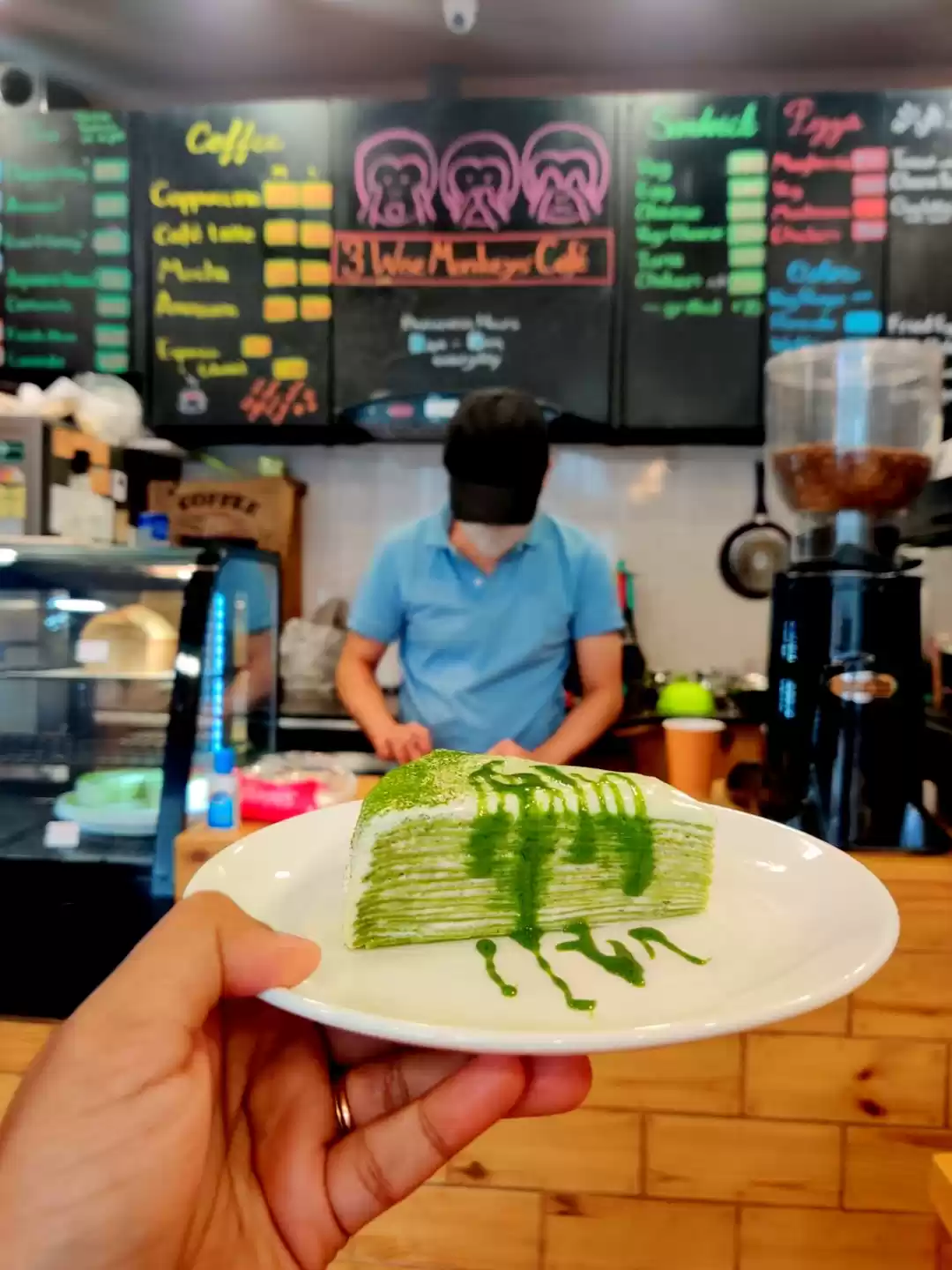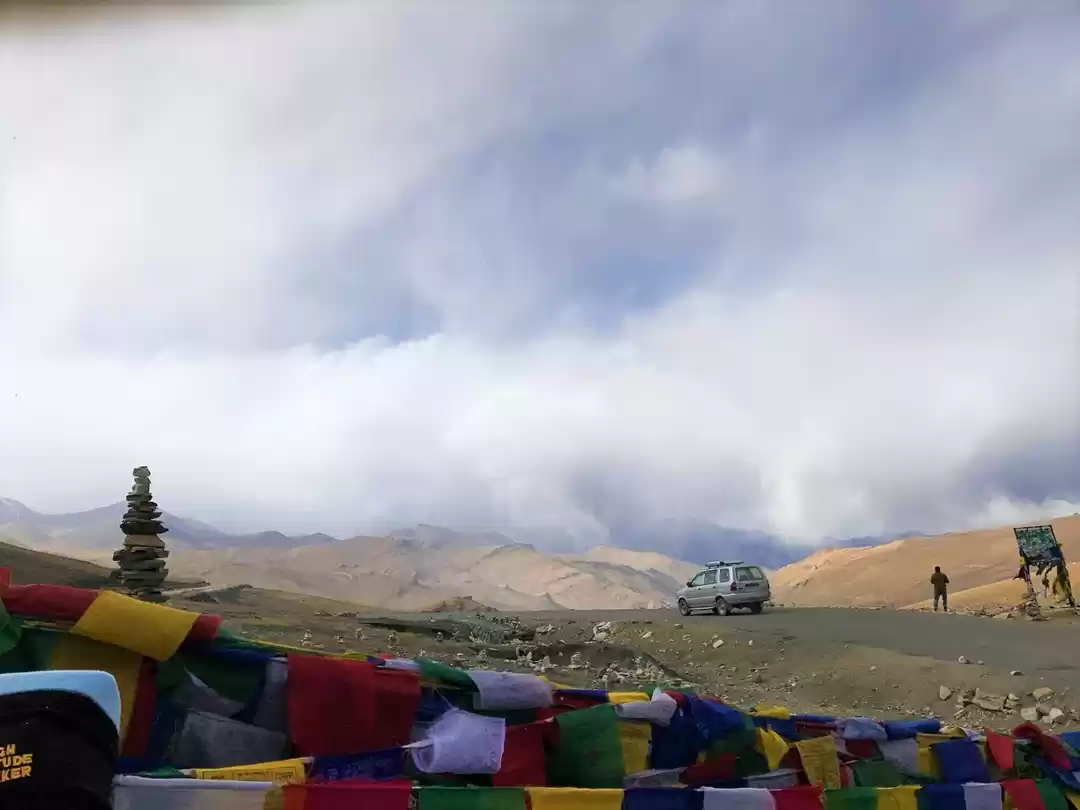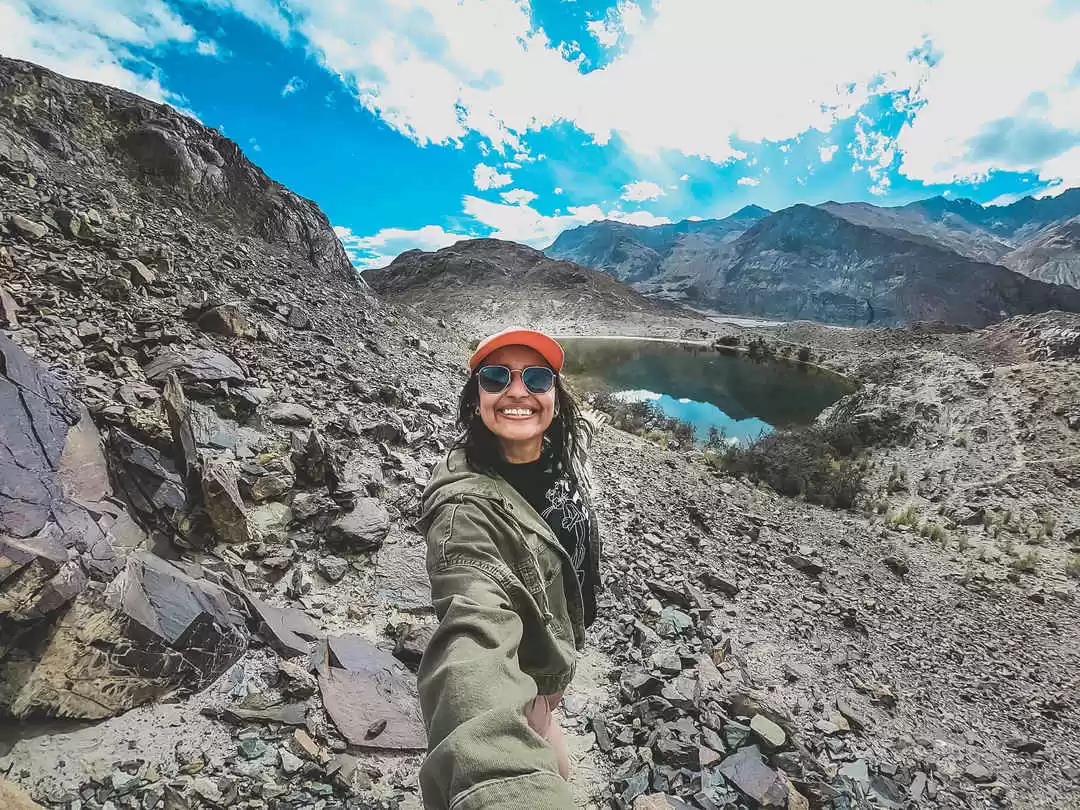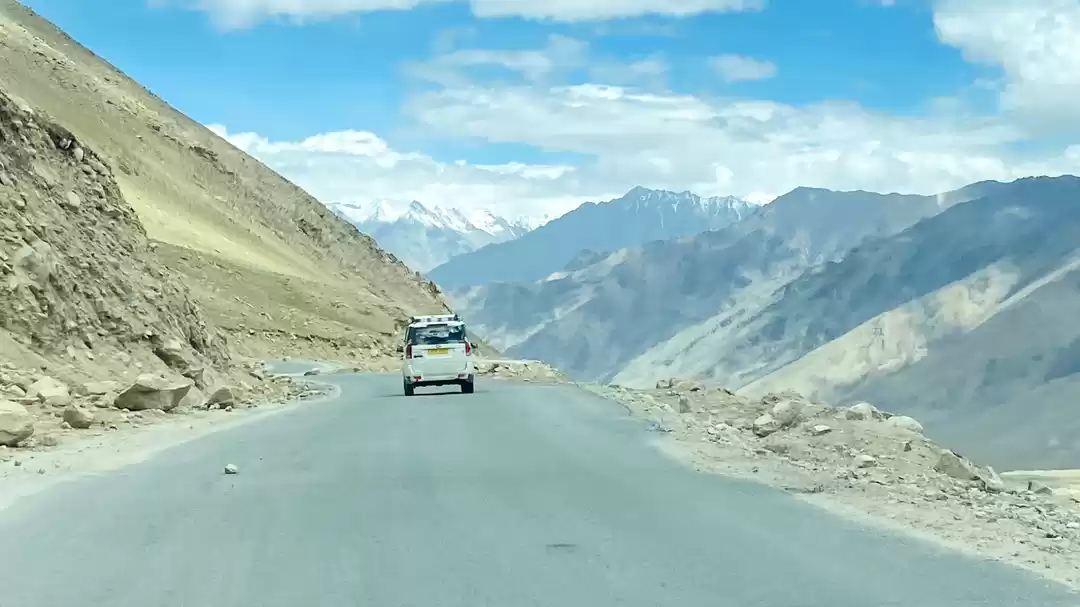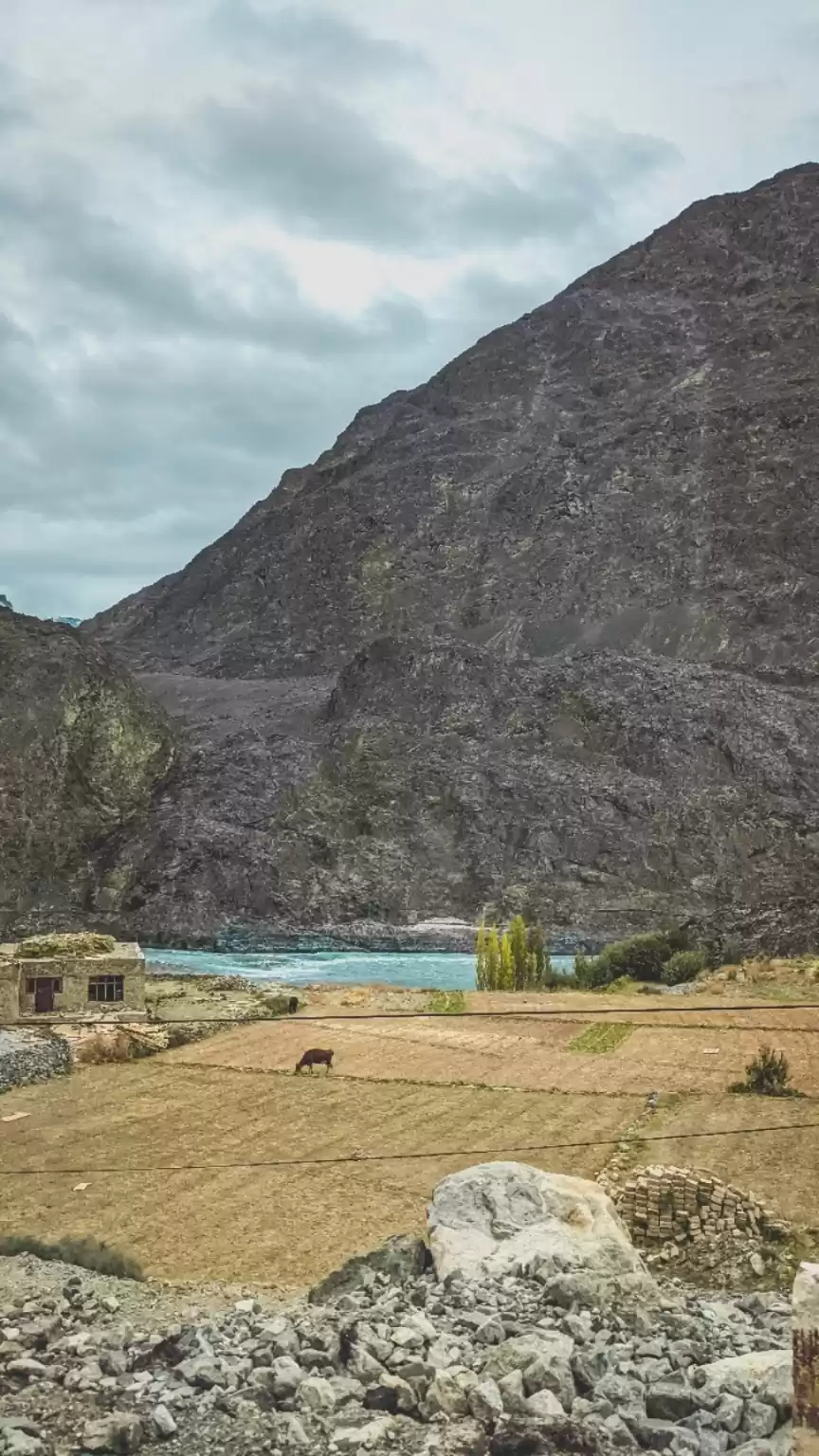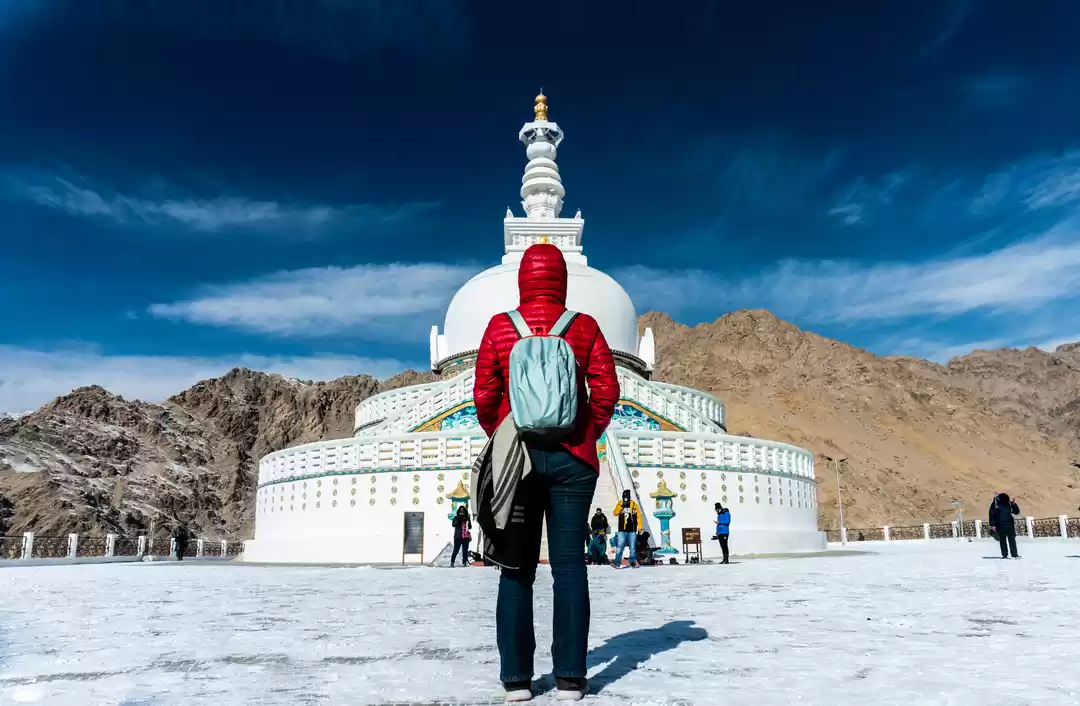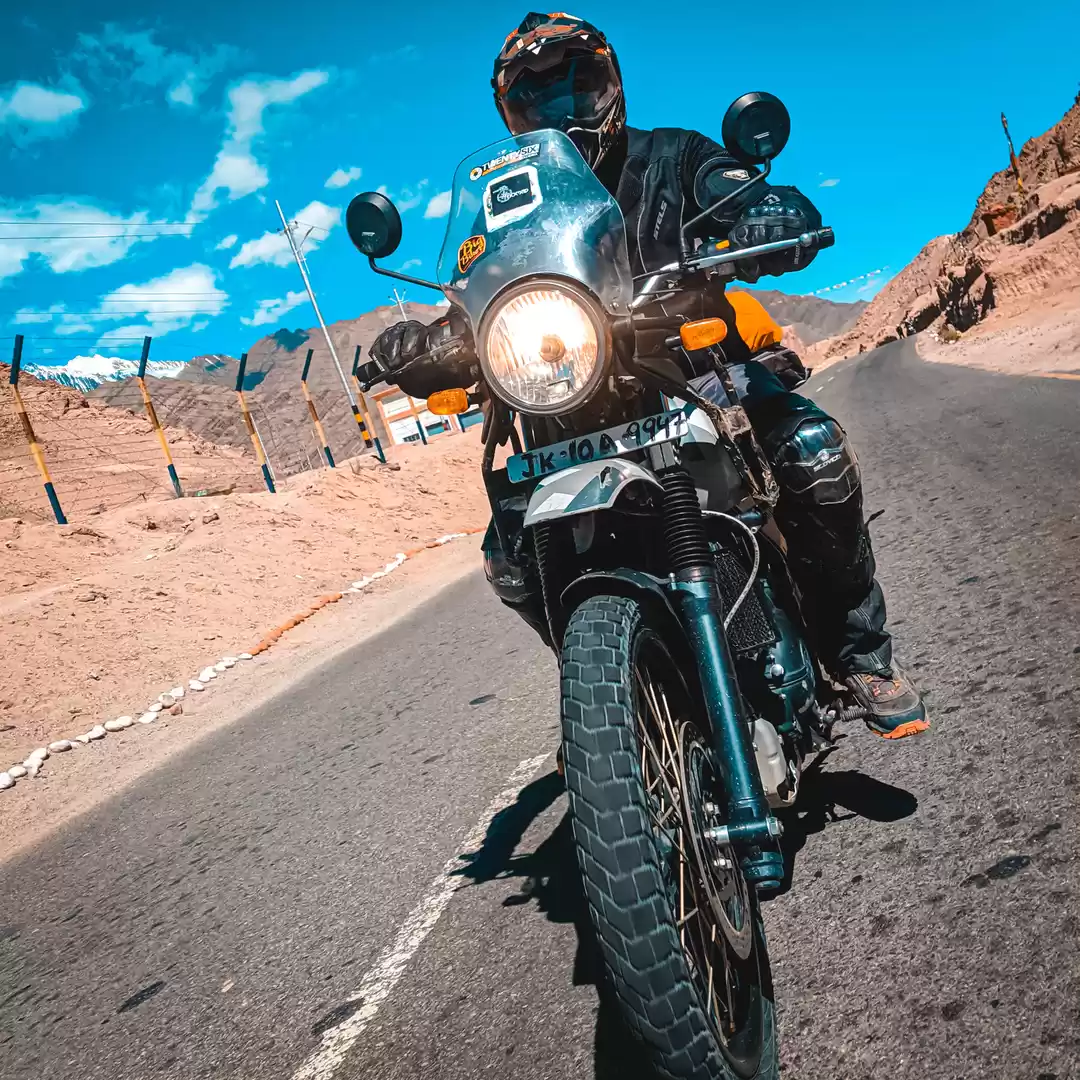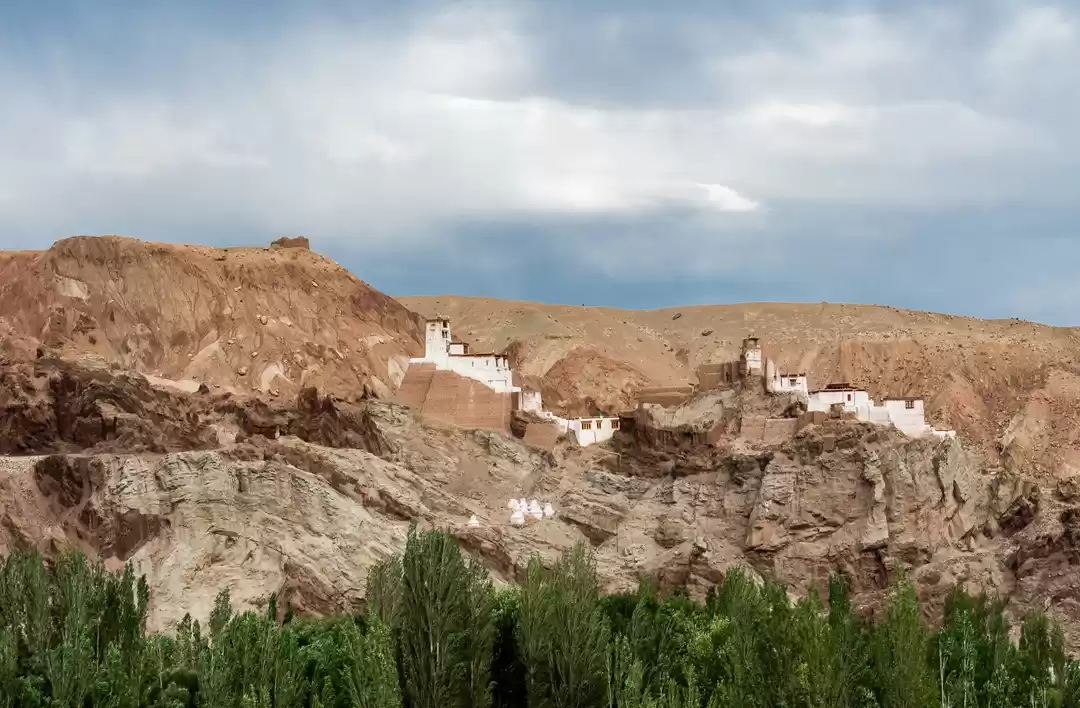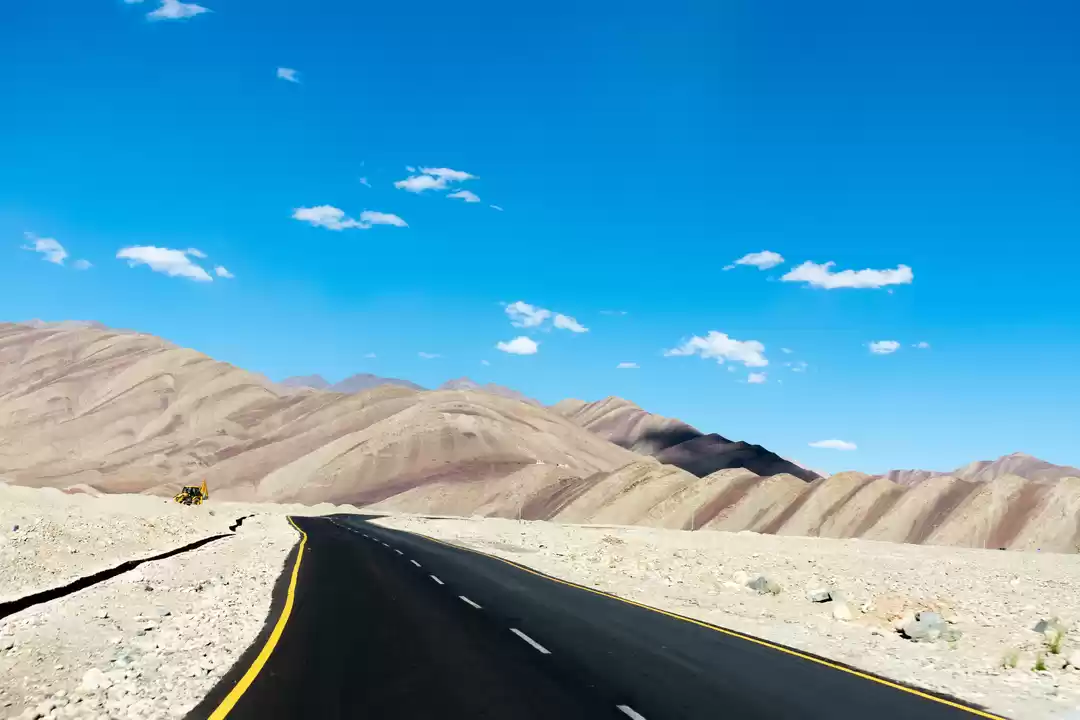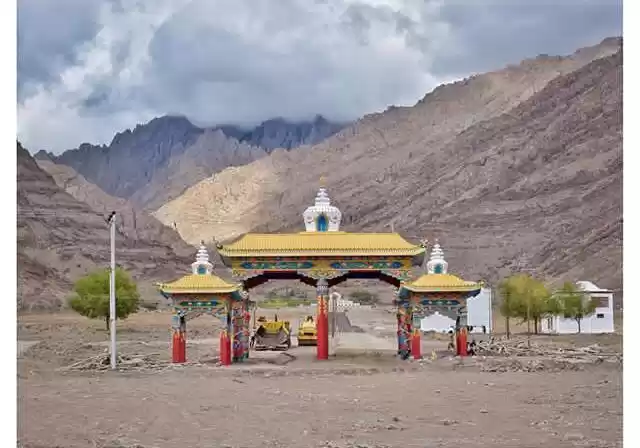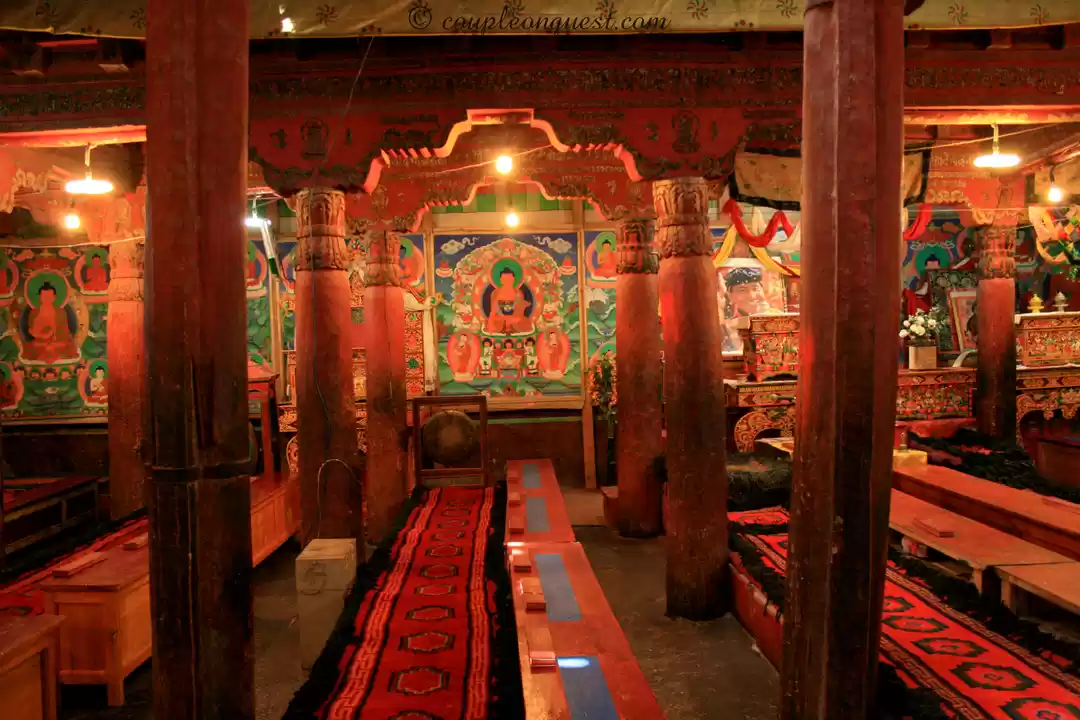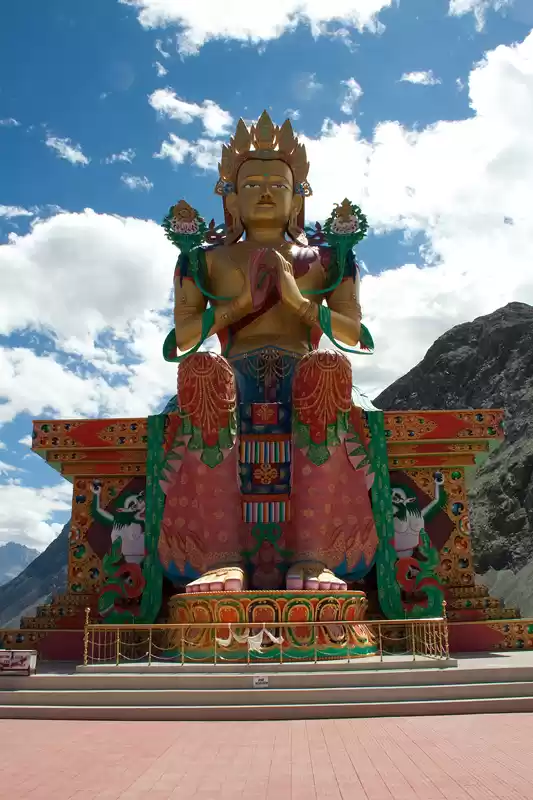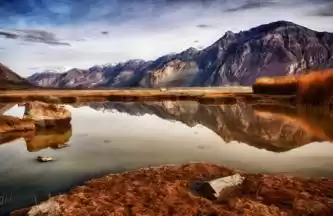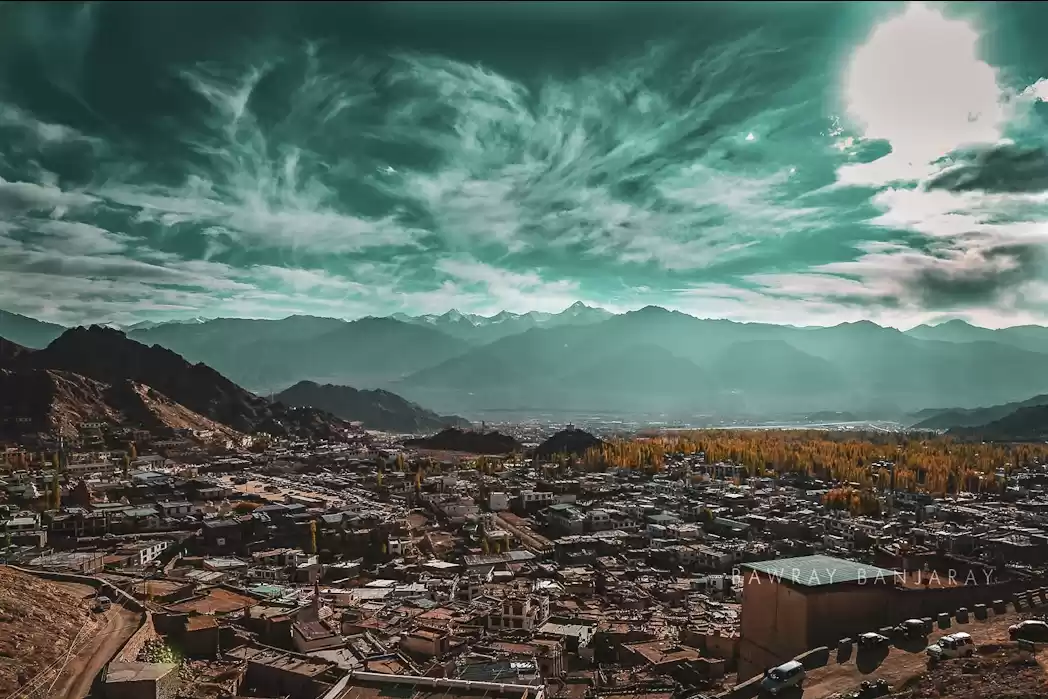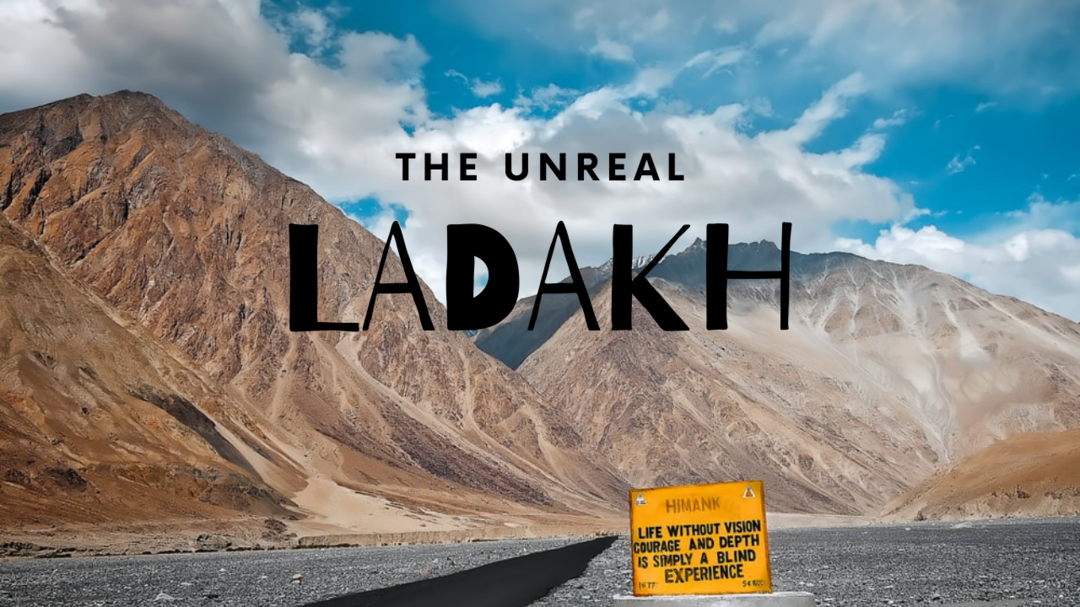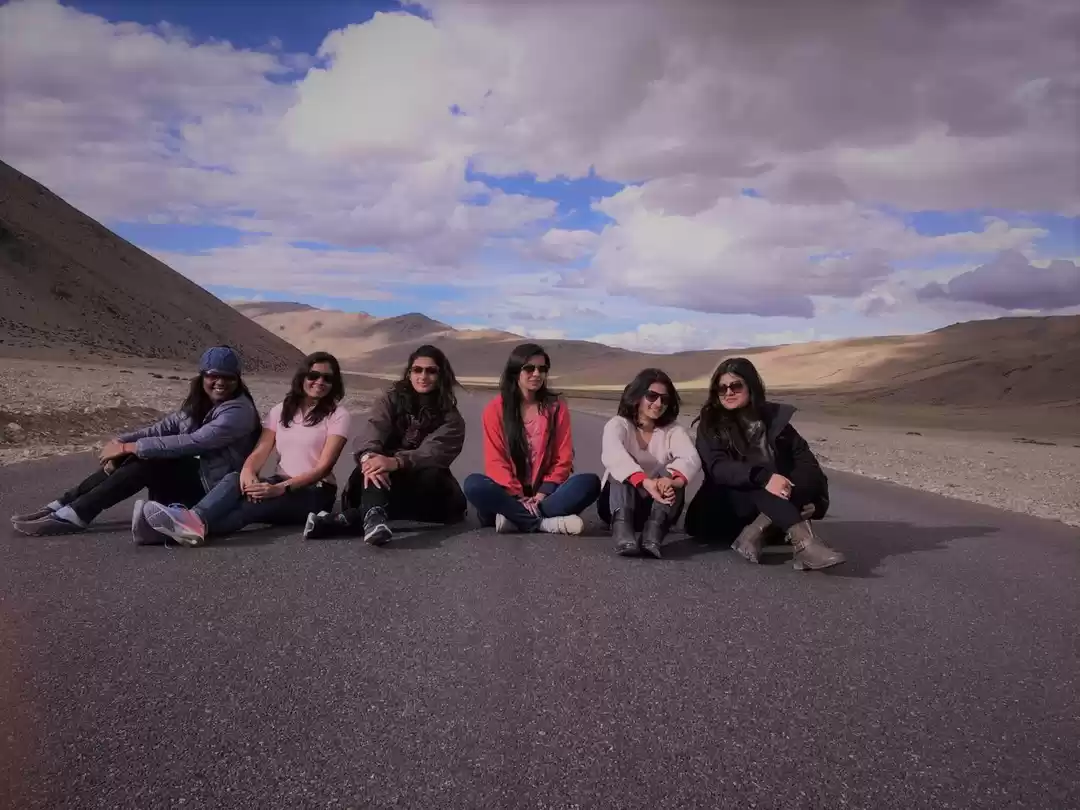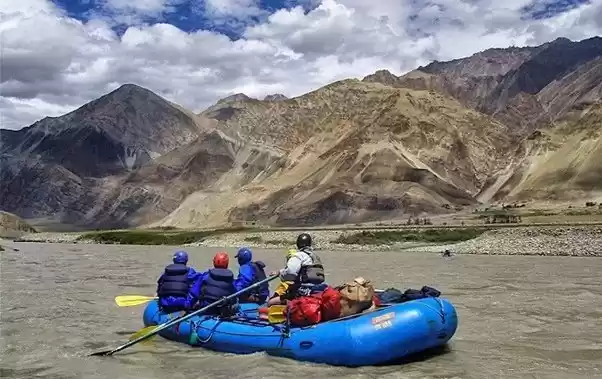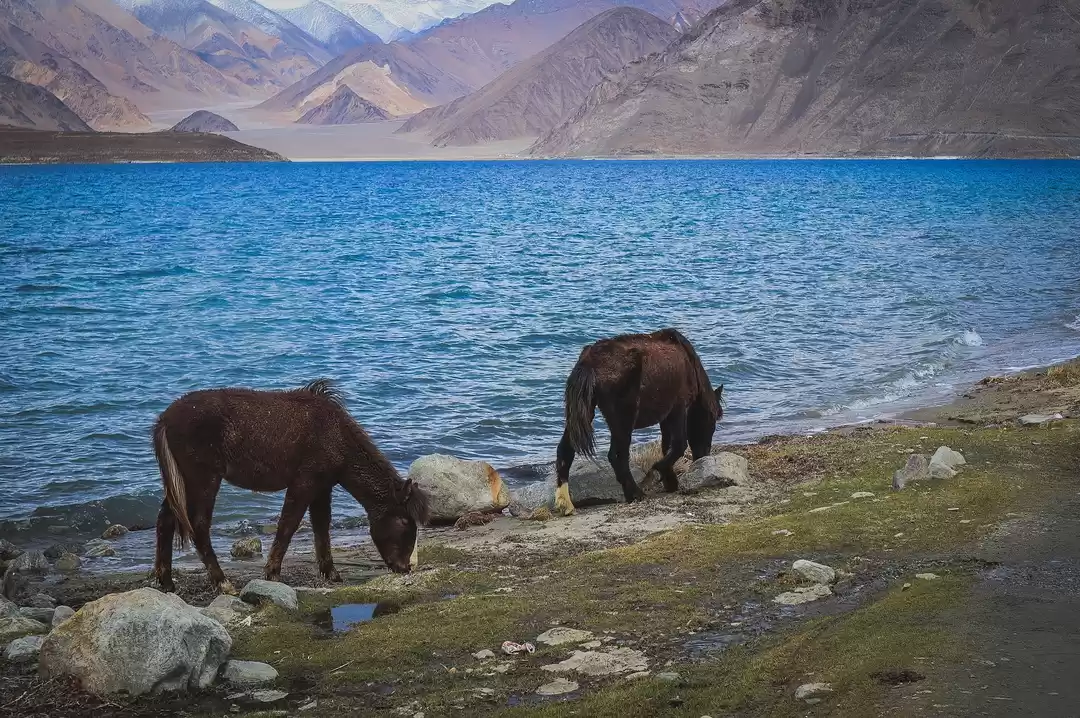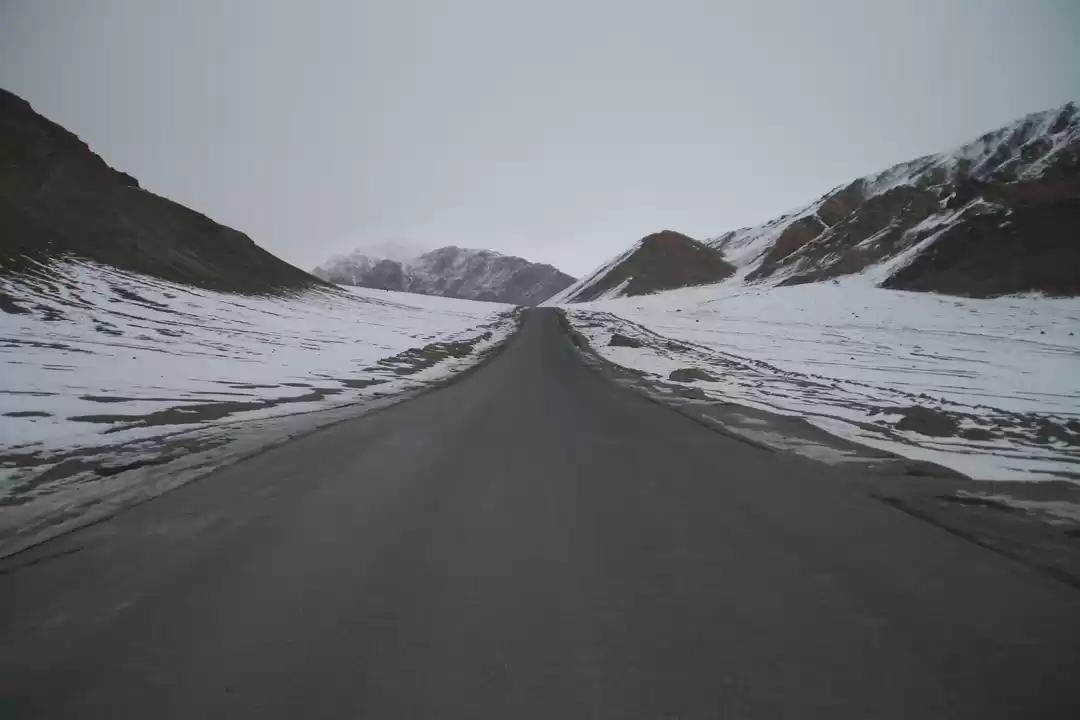About 80 kms. west of Leh, Basgo was the capital of lower Ladakh before the kingdom was united at Leh. Until recently, this fascinating World Heritage Site was crumbling into dust, but UNESCO and the Basgo Welfare Committee have joined forces to restore the ancient citadel compound. Today, Basgo's Chamba Gompa is one of the highlights of the Indus Valley. The mural work inside has been pectacularly restored using traditional colours and techniques, images of Bodhisattvas and celestial beings even cover the ceiling. The main building contains a two-storey statue of Maitreya and there is a second gompa just downhill with another outsized Maitreya statue. The ruins of the citadel are scattered across the surrounding hill. Basgo has no place to eat or sleep but there are roadhouses for meals in nearby Nimmu, 2 kms. back towards Leh near the confluence of the green Indus and the murky brown Zanskar river. A road is slowly being built from here to Padum in Zanskar.
The Khardung La Pass at 18,380 feet, is the highest motorable road in the world, and a gateway to the Nubra Valley. The beauty of the Nubra valley is that it allows you to look over the Indus valley in the south and the mountain ridges of the Zanskar. You will get to see some rare and interesting plantations, quaint hamlets and high altitude desert landscapes. You will find the Siachen Glacier to the north of the valley and the Sasser Pass to the northwest of the valley.
It’s difficult to choose the best amongst so many beautiful monasteries in Leh-Ladakh. If you want your touristy dose of seeing monks on orange robes performing quaint rituals, a visit to the Lamayuru monastery is a must. It is one of the oldest and largest monasteries of Ladakh, located approximately 127 kms from Leh. You will love seeing the beautiful caves carved out of the mountains at the monastery. You could also consider going to the Stok, Hemis, Thiksey, Spituk and Shey monasteries if time permits
To visit this lake which is the world’s highest brackish lake at 14,256 feet (above sea level), you’ll have to undertake a 160 kms journey from Leh. Starting from Thicksey village, you will start crossing large mountain ridges that just don’t seem to end. And by the way, once the mountains start, even crossing distance worth 10 minutes can take you hours. The topography is harsh but breathtaking. Once you finally arrive at the Pangong Lake, you will be lost in seeing the deep mesmerizing blue color. Don’t expect boating facilities here!
The Zanskar mountain range covers an area of 7000 sq. kms and is without a doubt, one of the most desolate places in the Himalayan range. Zanskar is known for its awesome scale. The tributaries of the Zanskar River are famous for seasonal white river rafting. Deep gorges, snow glaciers and a number of small religious spots dot the Zanskar valley. Be careful of the time of the year you choose to visit Zanskar. It’s closed for a significant time due to extreme snowfall and winter.
Located on a hill in Chanspa, Leh, the Shanti Stupa is one of the most magnificent and peaceful Buddhist monuments you could possibly see in the extreme north of India. Did you know, the Shanti Stupa was enshrined by the 14th Dalai Lama himself? It has relics of Buddha at its base. It’s amazing to know that the Shanti Stupa was built to commemorate 2500 years of Buddhism. What’s more, it also offers panoramic views of the landscape around it.

